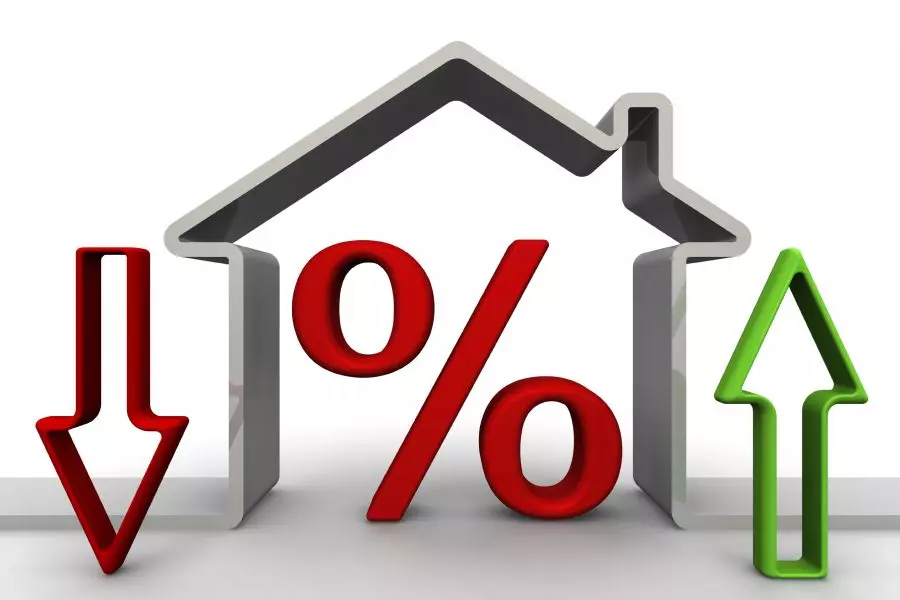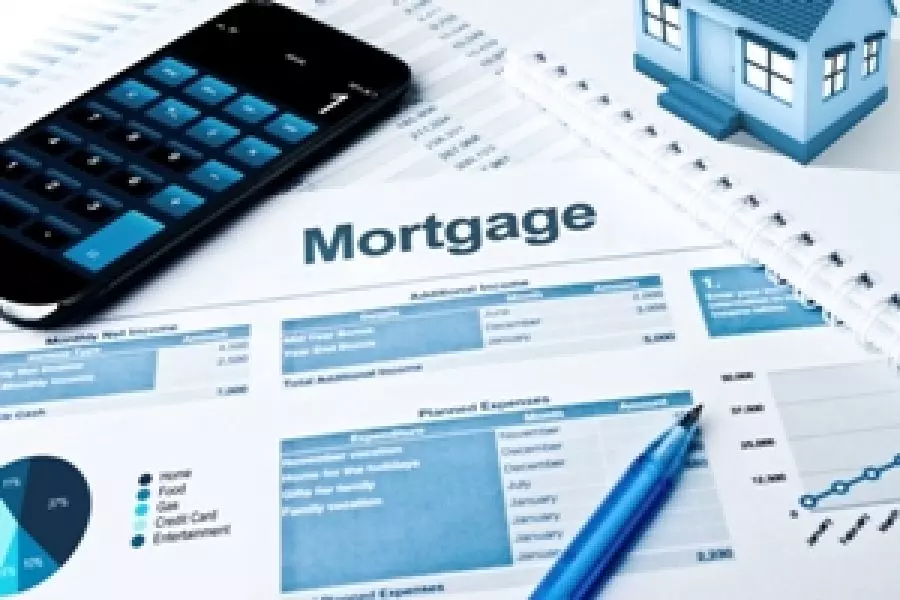
News
Mortgage rates expected to be at 4% plus within a year

Friday 1st of October 2021
The economists say although mortgage interest rates are heading upwards, the peak this cycle will be historically low with future increases roughly on par with the magnitude of OCR hikes – about 125 basis points (bps).
This takes interest rates back to just over 4%, which is close to the bank’s assessment of where interest rates would have more of a balanced impact on househ...
Want to read the full article?
Click the button below to subscribe and will have unlimited access to full article and all other articles on the site.





![[The Wrap] Bye Bye Bayly](https://goodreturns.publit.io/file/c_fill,w_900,h_600/39f23ac1-f7c7-4854-b700-a150004ebbac.webp)


